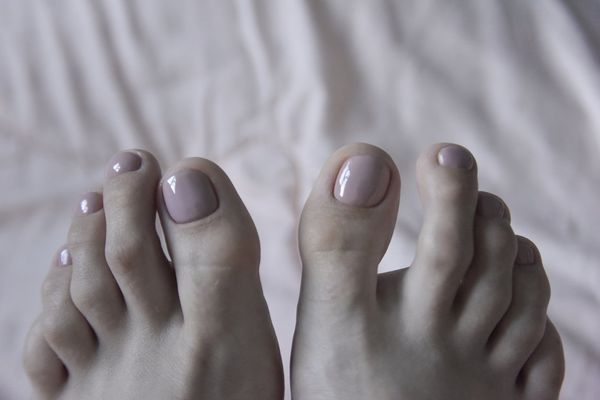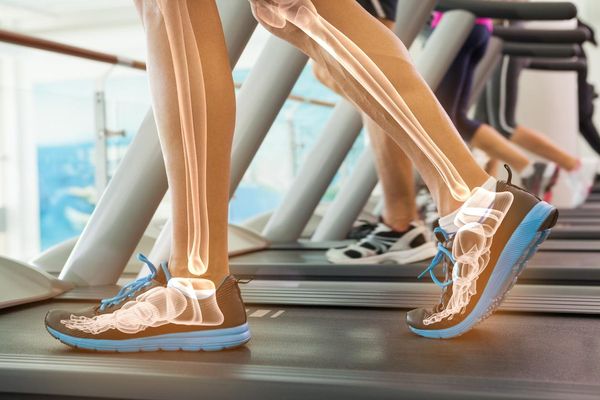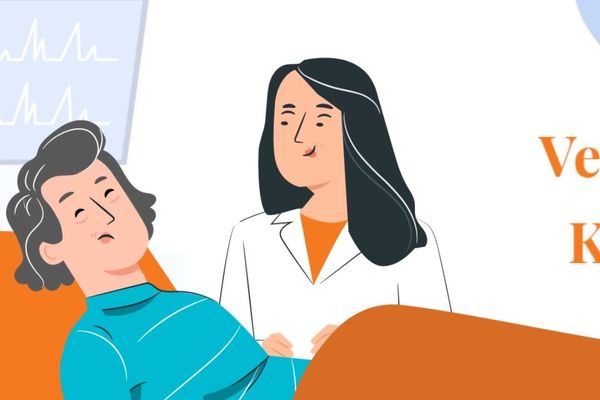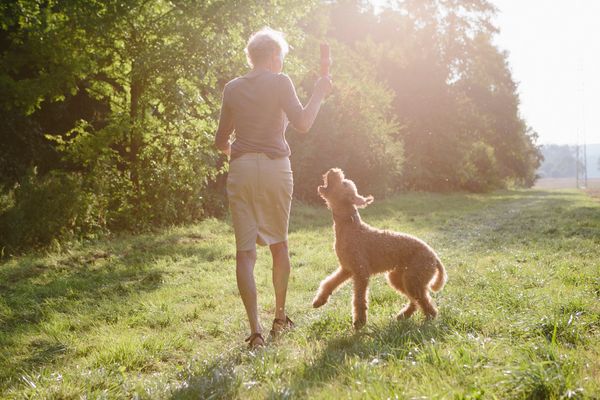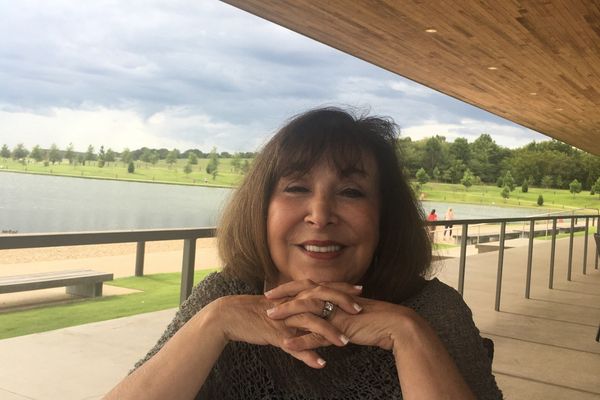Ten years ago while walking my dog around my neighborhood in New York City, I tripped on a crack in the sidewalk and fell to the ground. While attempting to break the fall, I landed on my right arm in a very weird way. The pain and swelling were immediate.
After getting my dog back home (luckily I was only a block away), my husband escorted me to the local urgent care facility. The x-ray was quite clear: a fracture in my wrist.
The attending physician wrapped my arm in a splint, and suggested I see an orthopedic specialist who soon confirmed the fracture and sent me home with instructions to return in six weeks. Even though I was 51 and postmenopausal, none of the doctors or nurses I saw that day uttered the words “osteoporosis" or “bone density test" or questioned why I had suffered a fracture from a seemingly low-impact fall.
A copy of the report was sent to my primary care physician who called and said, “ Barbara, here's the number to make an appointment for a bone density test. We need to know why you fractured your arm from that fall and I need a baseline of your bone density. I'm also sending you for a blood test to assess your vitamin D levels."
This is the kind of discussion every doctor should have with a patient if she falls, fractures a bone, is over 50 and postmenopausal . . . but that may not be the case.
The non-invasive and super-quick DXA test (dual-energy X-ray absorptiometry) measures the spine, hip and sometimes the forearm for levels of bone mineral density. The denser your bones, the stronger they are. My first DXA showed osteopenia, or low bone density, which meant I was on the path to osteoporosis—unless I took immediate steps to stop the progression in its tracks.
The blood test showed my vitamin D levels to be low at 21ng/mL, when my doctor wanted the number to be over 34ng/mL. If you don't have enough vitamin D in your system, your body can't adequately absorb the calcium you're eating and drinking.
In partnership with my doctor, we created a plan: strength-training several times a week, jumping jacks, running, more calcium-rich foods, a daily vitamin D supplement (2,000IU a day). Be sure to always check with your doctor before starting a new exercise and treatment plan. I made an appointment for a blood test and bone density test six months later to see if the plan was working. Not only did the plan work then, but it's still working. According to the follow-up DXA tests, which I get every two years, my bone density levels have remained stable.
That said, if there comes a time when my bones get weaker and thinner and medication is recommended to supplement my healthy lifestyle choices, I will give serious consideration to this option.
Since the life-changing event of discovering I had osteopenia, I've become a vocal advocate for positive and healthy aging, which to me means becoming more knowledgeable, taking control and embracing habits to live better, healthier and possibly longer. I write books that encourage women to make smart choices, and tour around the country giving talks on the importance of keeping bones healthy throughout our lifespan. I also became part of the National Osteoporosis Foundation team as Bone Health Ambassador, and a trustee to promote the importance of bone health for life and its deep connection to successful aging.
Fractures can be life-changing. For me, it was a positive experience because I made the choice to focus on my health and make small changes. But that's not always possible. My mother, who just turned 82, fell in her bathroom almost a year ago, broke her hip, had emergency surgery, and has been in and out of the emergency room and rehab ever since. Her life has changed in many ways. Completely mobile before she fell, she now depends on a walker to get around and often forgets to use it. My mother is no longer living independently in her own home, but moved to an assisted living facility where she can get the support she needs.
Recently, I was out with our new dog for our morning walk and a loud noise startled him as we were crossing the street. In a flash, he leapt in front of me, causing me to trip and tumble to the ground, right in the middle of the street. This time I landed hard on my left arm in an attempt to break the fall. Sound familiar? As when I fell ten years ago, the pain was immediate. Once again, my husband escorted me to the local urgent care facility, where my bloodied knee was bandaged and my left arm x-rayed. The pain was excruciating but the X-ray was “inconclusive." Hopeful, we immediately went to the orthopedic specialist's office where they took more X-rays. My doctor declared me “fracture free" and sent me home with a prescription for super-strength ibuprofen to help with the pain, and instructions to take a few days off from running until my knee felt better.
As we were leaving, he said, “ Barbara, there's no question in my mind that the changes you made ten years ago after the first fall have had a huge impact on the outcome of this fall. Congratulations and keep doing what you're doing.
I never knew I could be so proud of my bones.
This resource was created with support from Radius Health, Inc. This post does not constitute medical advice. My personal story and opinions are my own. I am not a medical professional and am not qualified to give medical advice. Please talk with your healthcare provider about your individual medical situation. DS-Osteo-US-01079.


